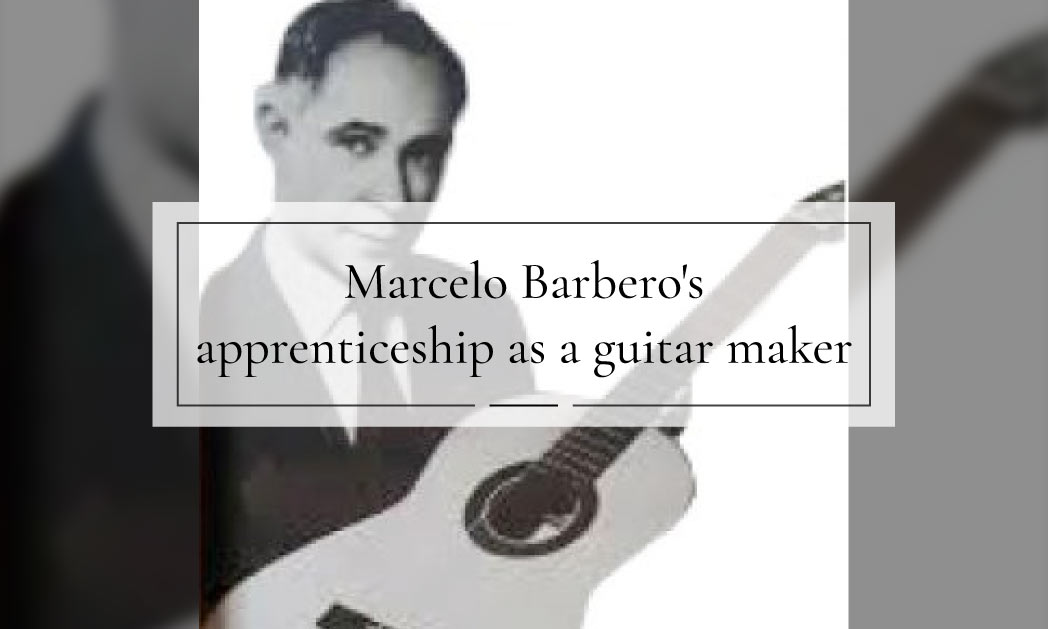Recently, we received an interview with Narciso Yepes in which the interviewer inserted a telephone intervention by my father, José Ramírez III, who was unable to attend in person, but whose intervention was succulent and instructive.
In the interview, Yepes, probably by mistake or because he was misinformed, said that Marcelo Barbero was a disciple of Santos Hernández. Well, it is generally known in the guitar world that Marcelo Barbero was a disciple of my grandfather, José Ramírez II and that he also coincided in the workshop with my father, José Ramírez III. It was there that he learned his trade.
Disciple of José Ramírez II
I do not know when he became independent, but it is certain that, after Santos Hernández died in 1943, Santos’s widow, Matilde Ruiz, hired him, together with the guitar maker Manuel de la Chica from Granada, to work in her husband’s shop and to finish some of Santos’s unfinished guitars between the two of them. Later, Marcelo Barbero began to build for his widow.
Possibly, the fact that he worked in Santos’s workshop was the reason why some people believe that Santos was his teacher, but the truth is that his teacher was my grandfather, José Ramírez II.
Master of Arcángel Fernández
I have not been able to find any data indicating the date when Barbero stopped working in Santos’ workshop. What I do know is that, as an independent guitar maker with recognised prestige, he was the teacher of another great guitar maker who was highly sought after for his flamenco guitars: Arcángel Fernández, who it is said never stopped using the old system of measuring the height of the strings of flamenco guitars with a perra chica (fat dog)*.
Archangel in turn was the teacher of Marcelo Barbero II at the request of the latter’s mother after the death of her husband, Marcelo Barbero I. Marcelo Barbero II worked with Arcángel Fernández in his small workshop until his early death. Each was at his bench, and each with his label and signature, even though they shared the same space.
I had the pleasure of meeting them both when I visited their workshop one morning at the request of my then-Japanese dealer, Shiro Arai, who was trying to get Arcángel to sell him even one of his guitars. He did not succeed, but we enjoyed a pleasant conversation with the two guitar makers that I treasure fondly.
*The Spanish 10-cent coin of 1870 was popularly known as the “perra gorda” (fat dog) because of the somewhat strange lion on the reverse which, when worn, could be mistaken for a dog. In 1941 it was replaced by a 10-cent aluminium coin which, although the design was different, continued to be called the same: fat dog.
Amalia Ramírez
Madrid, 28 Nov. 22


